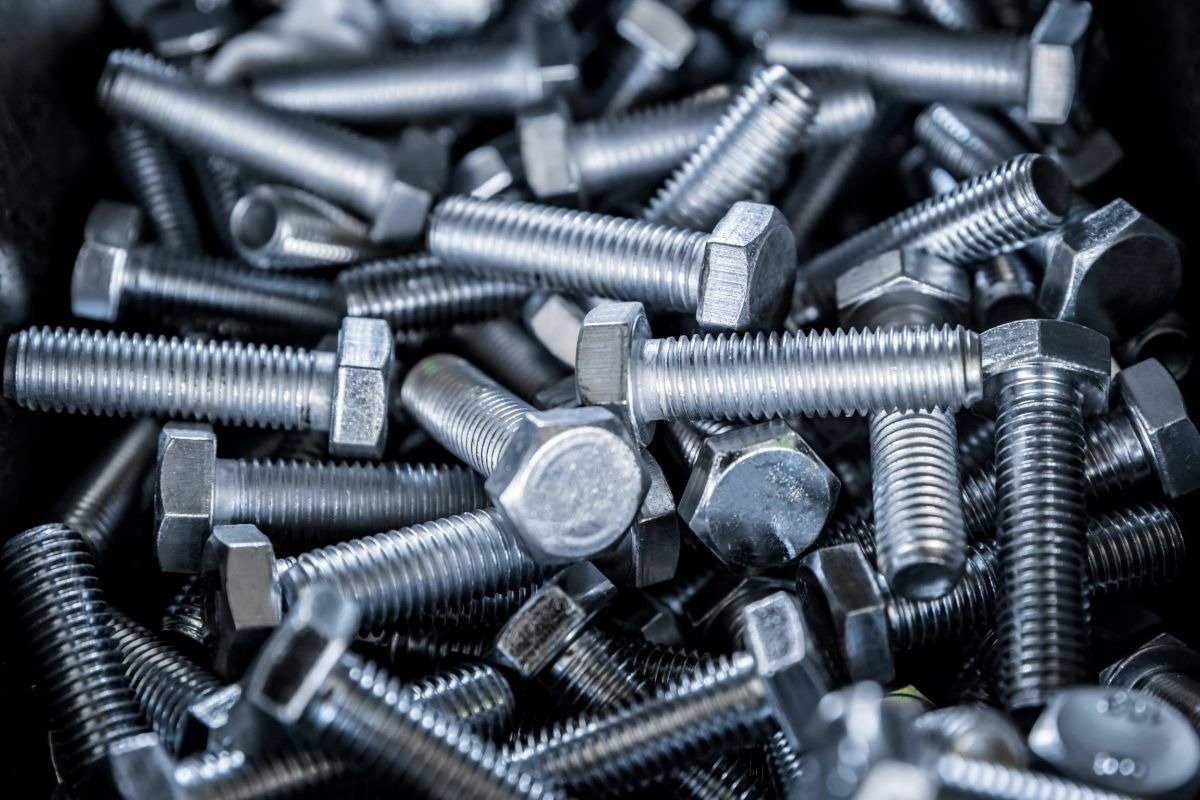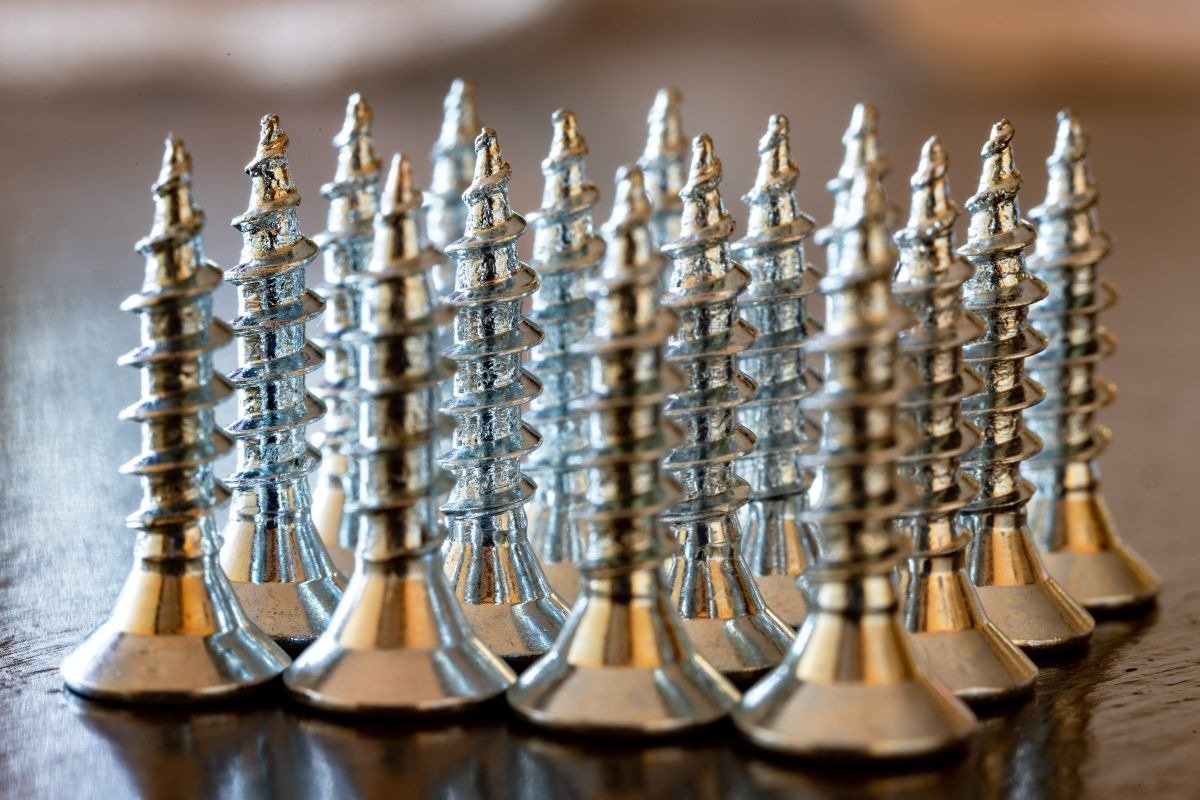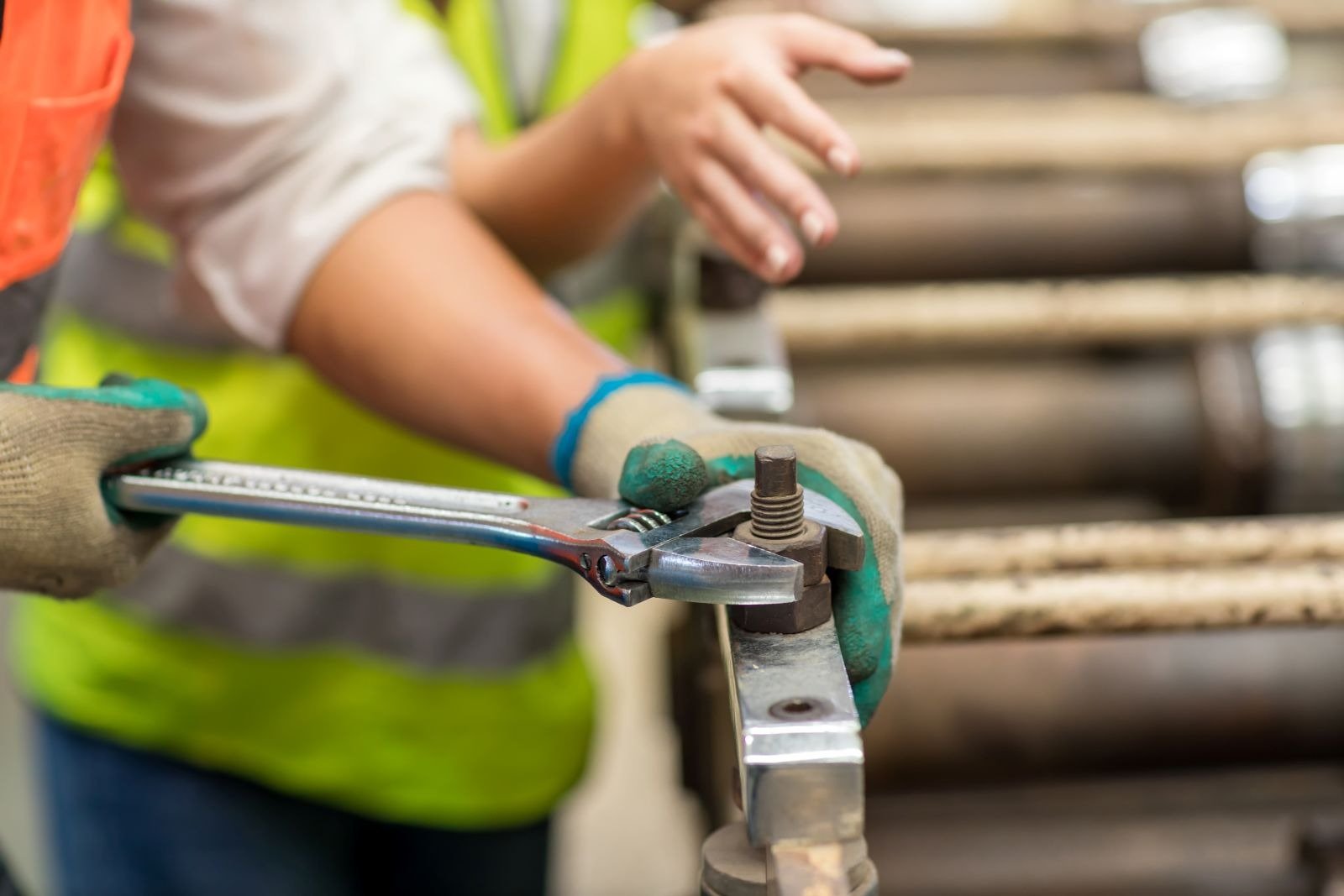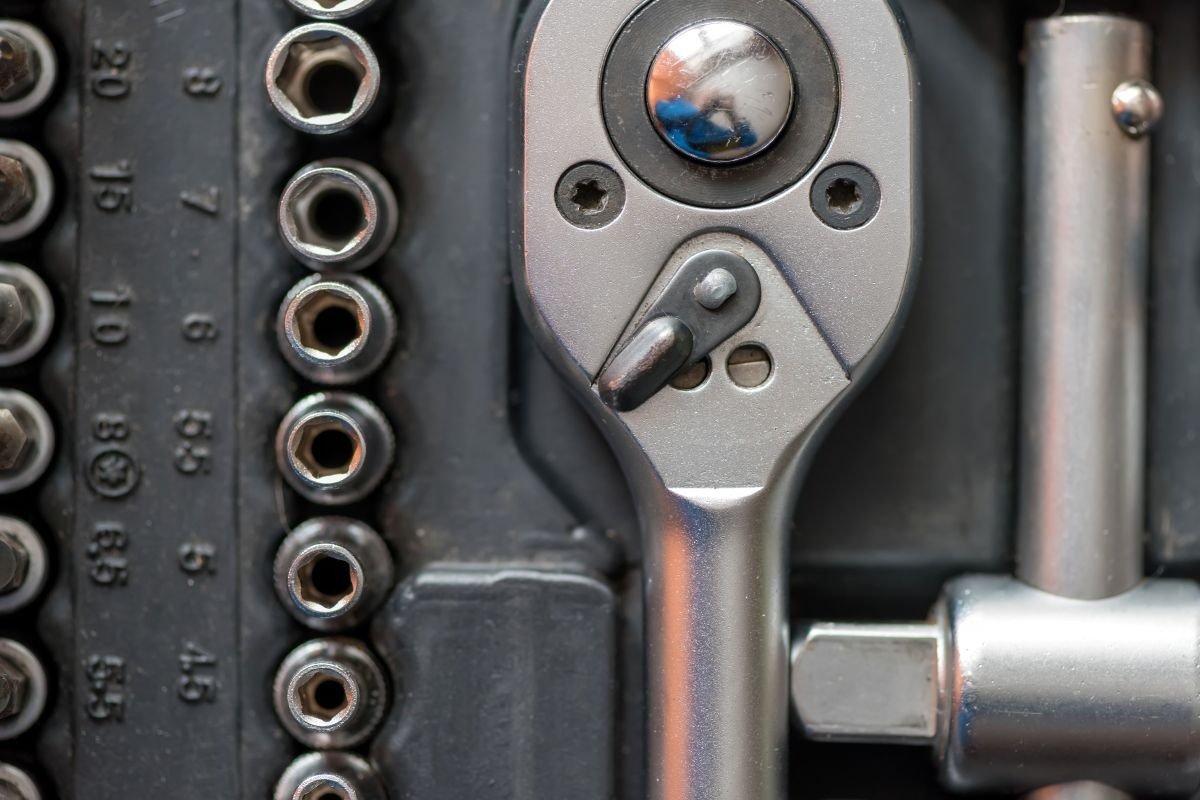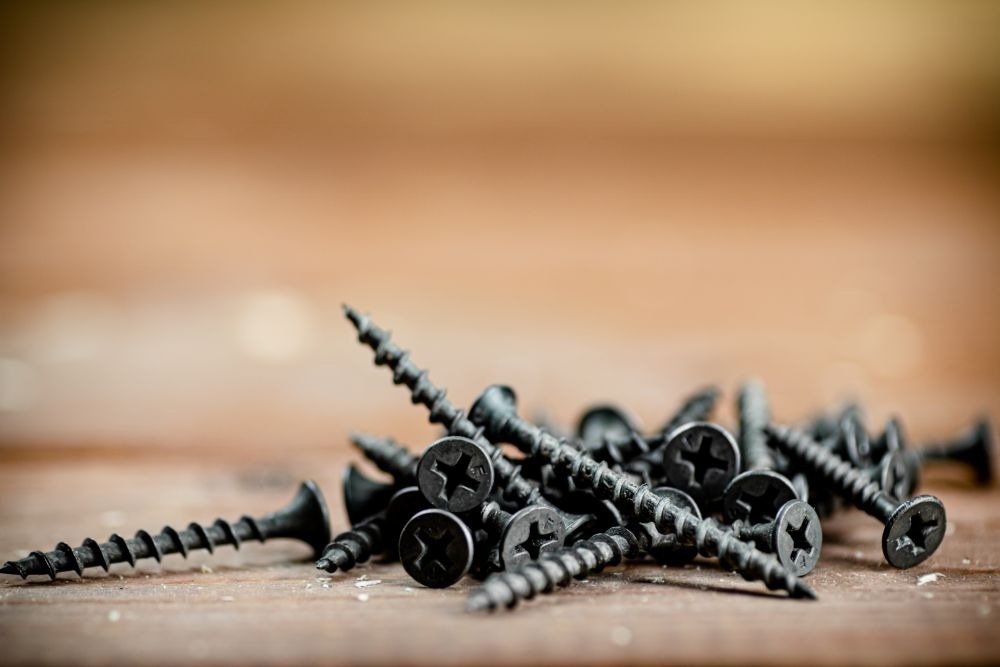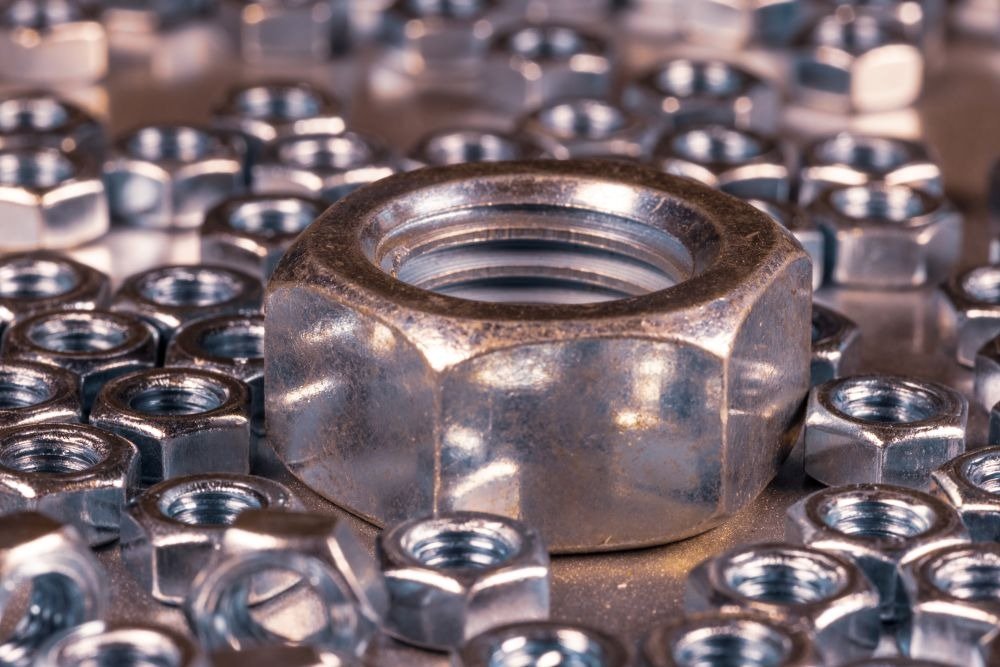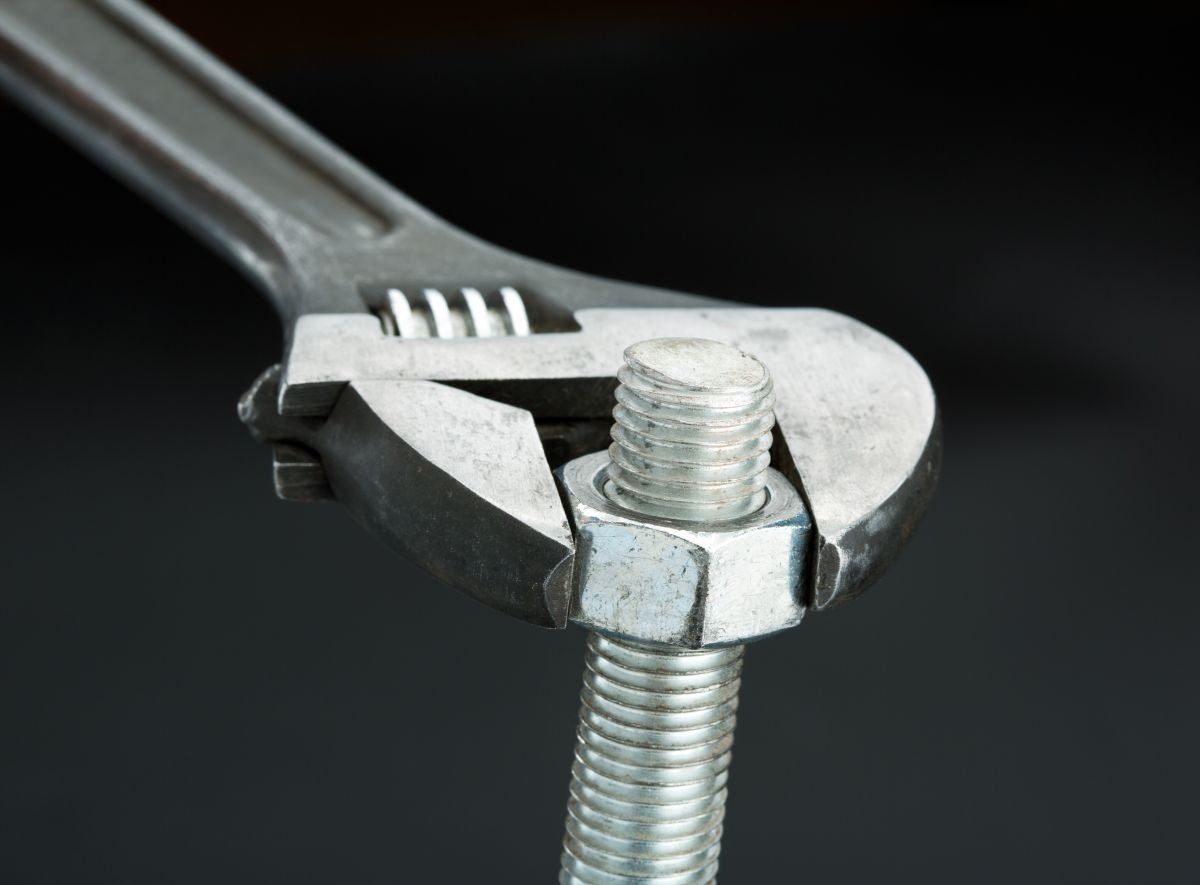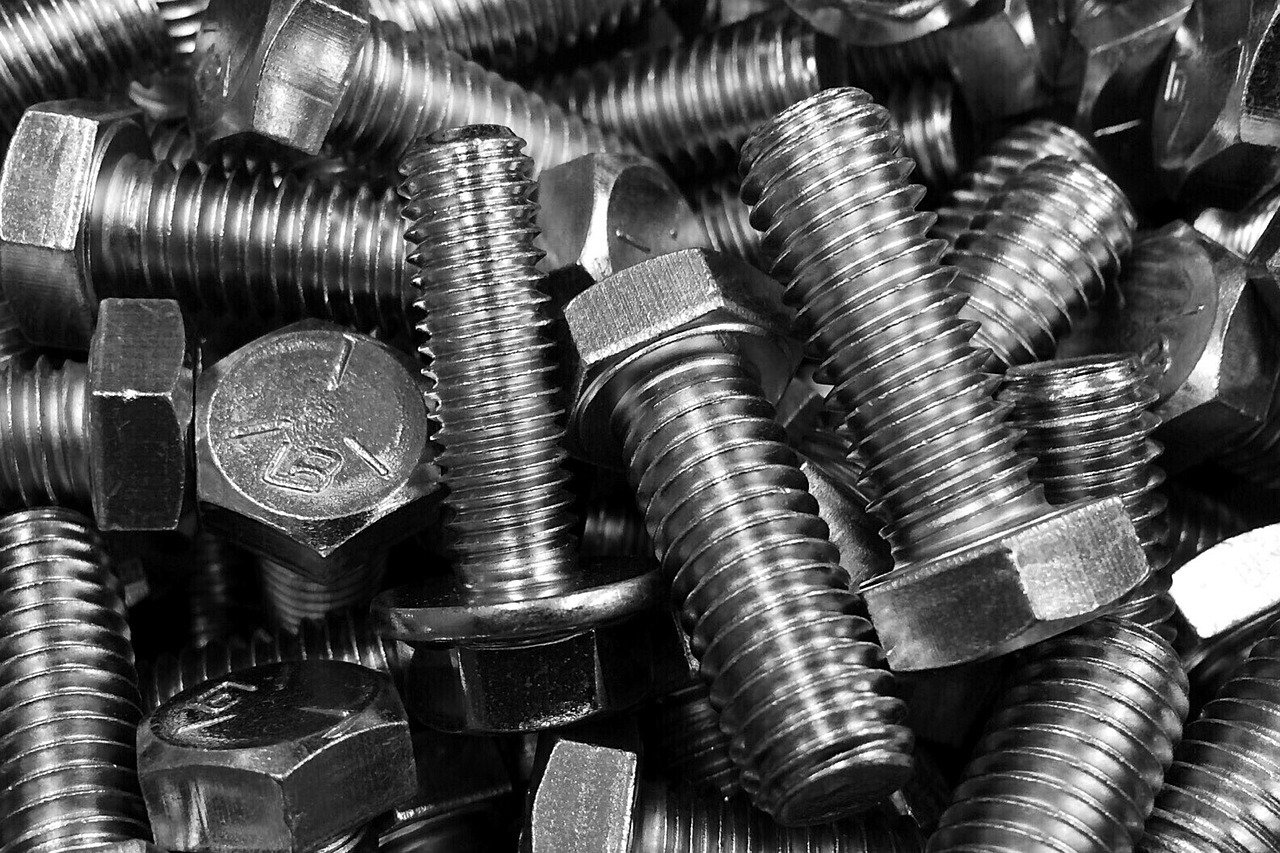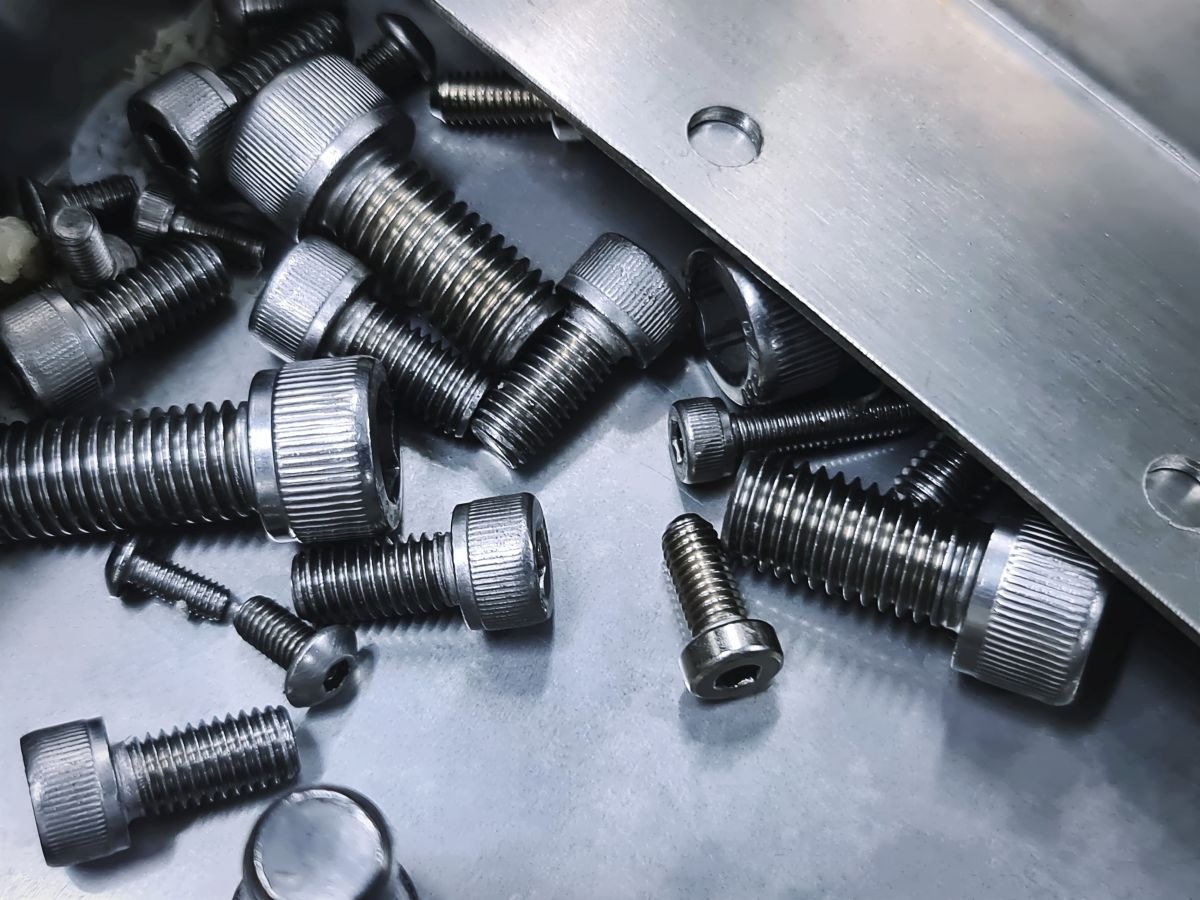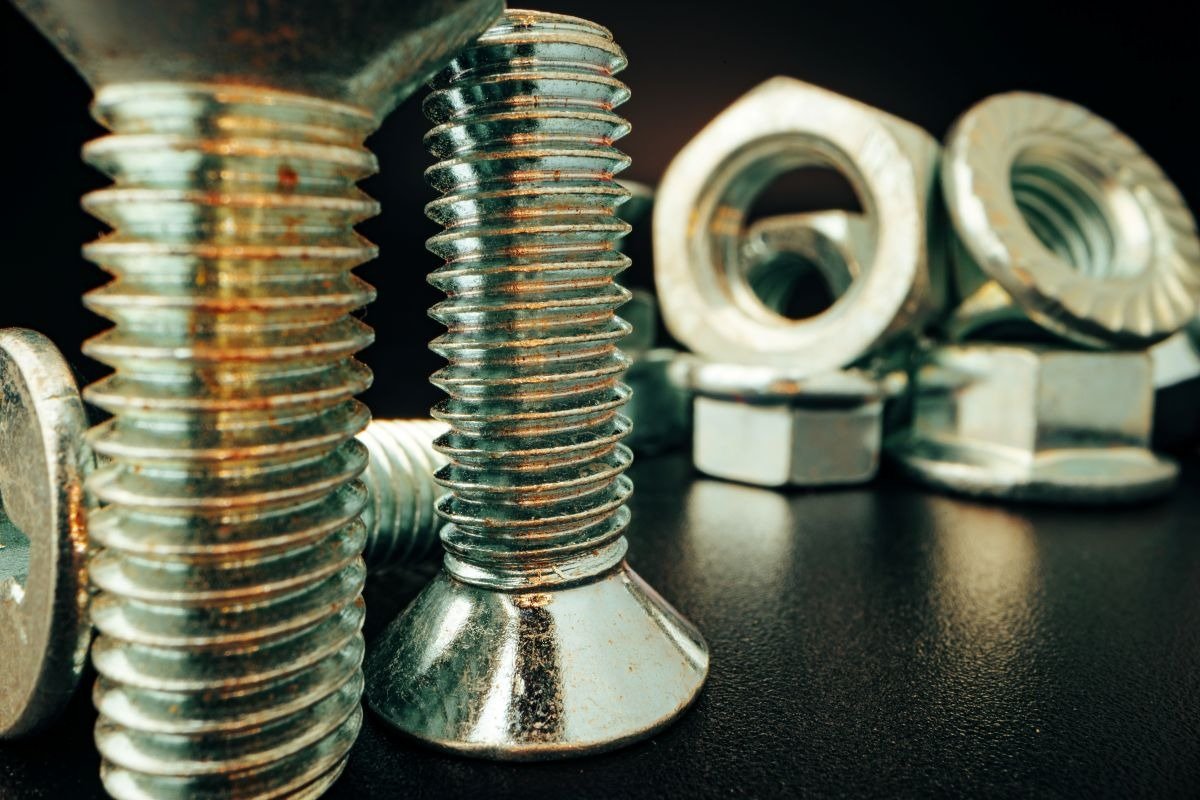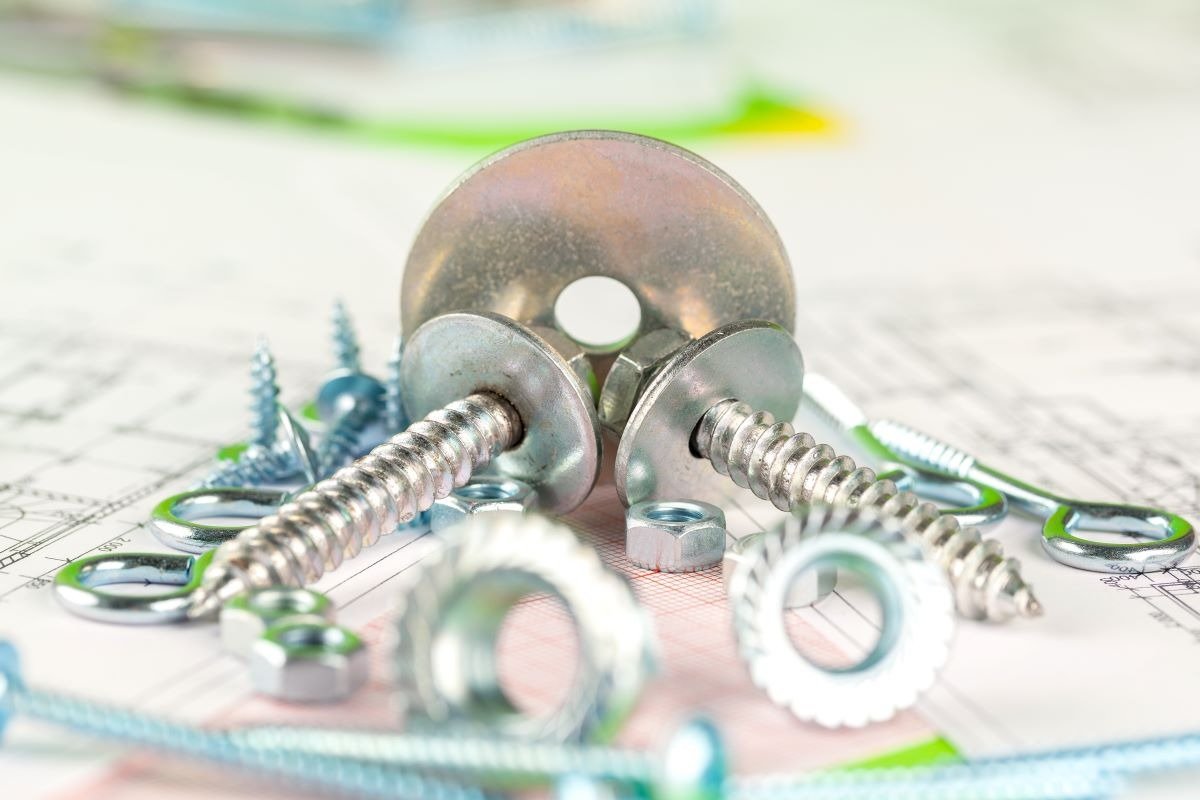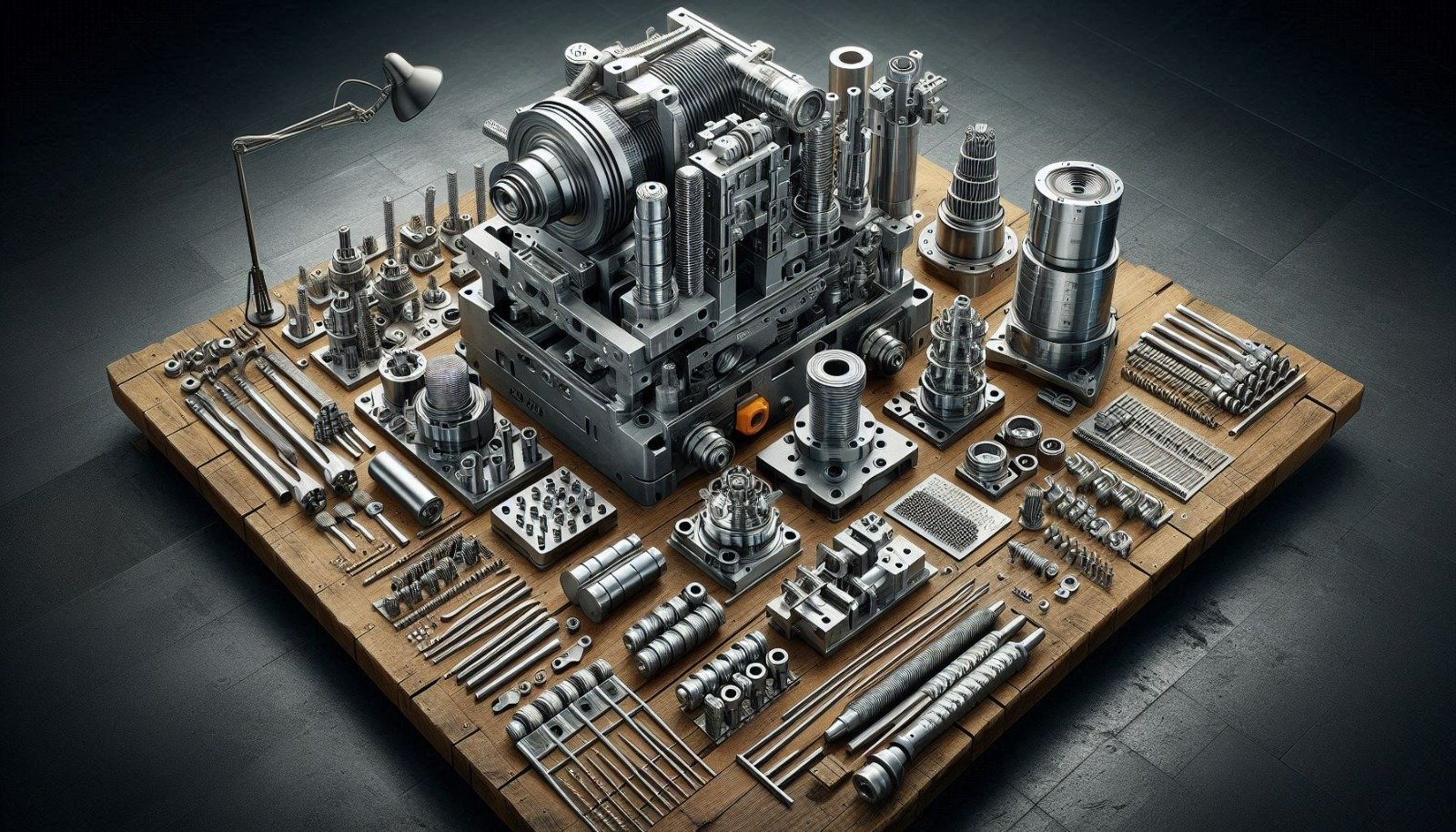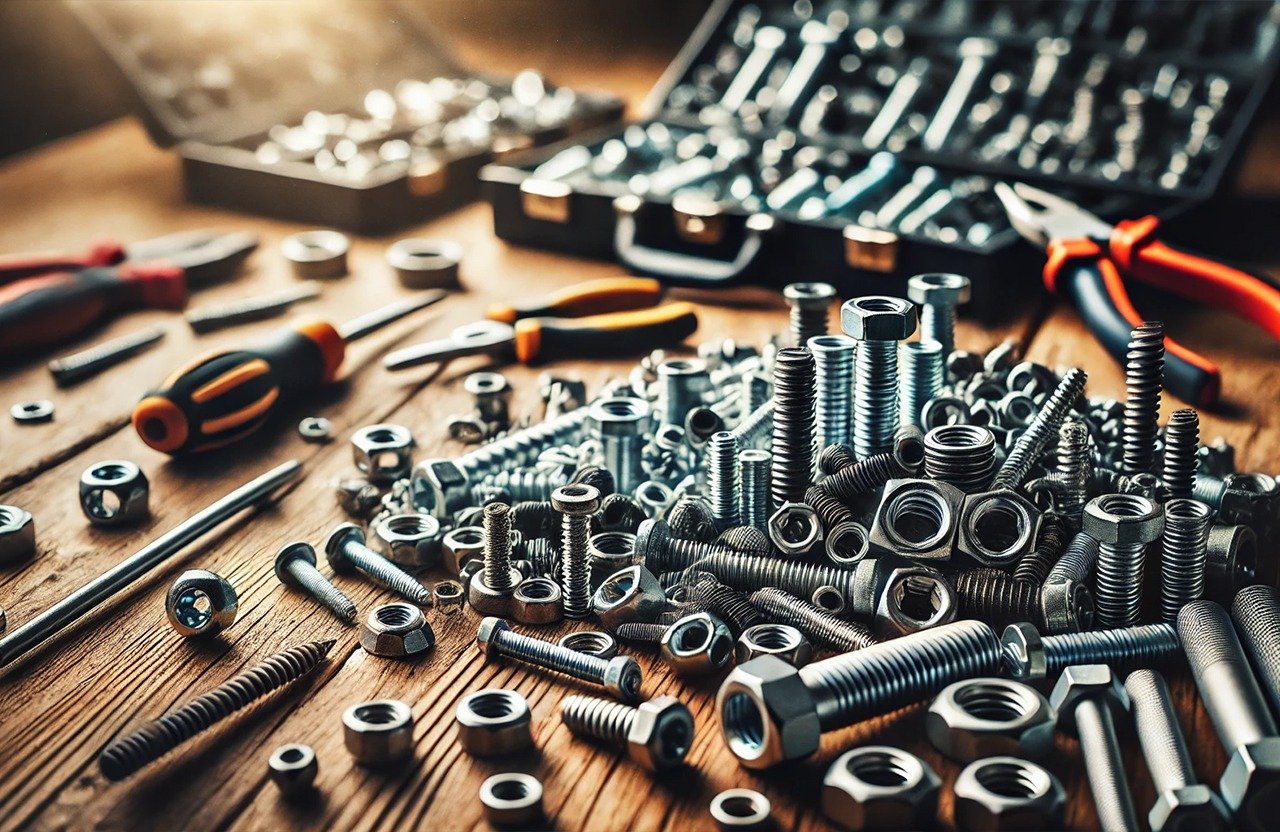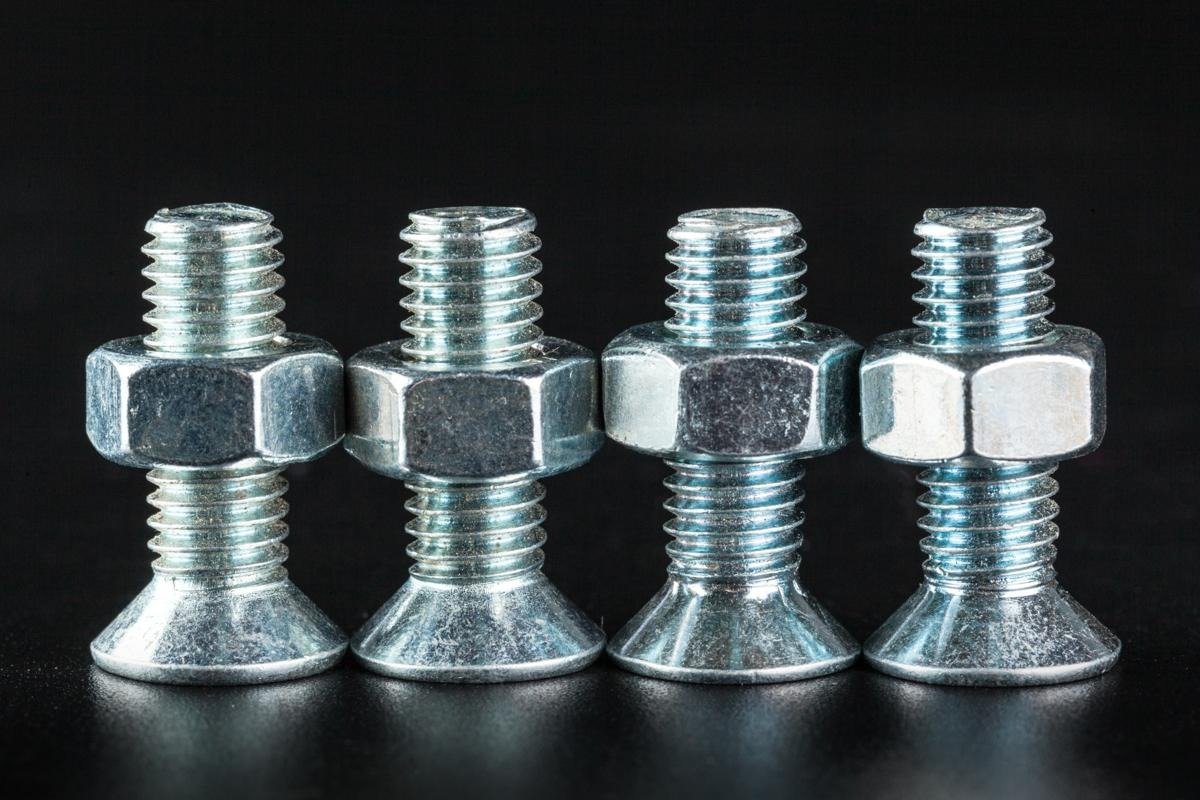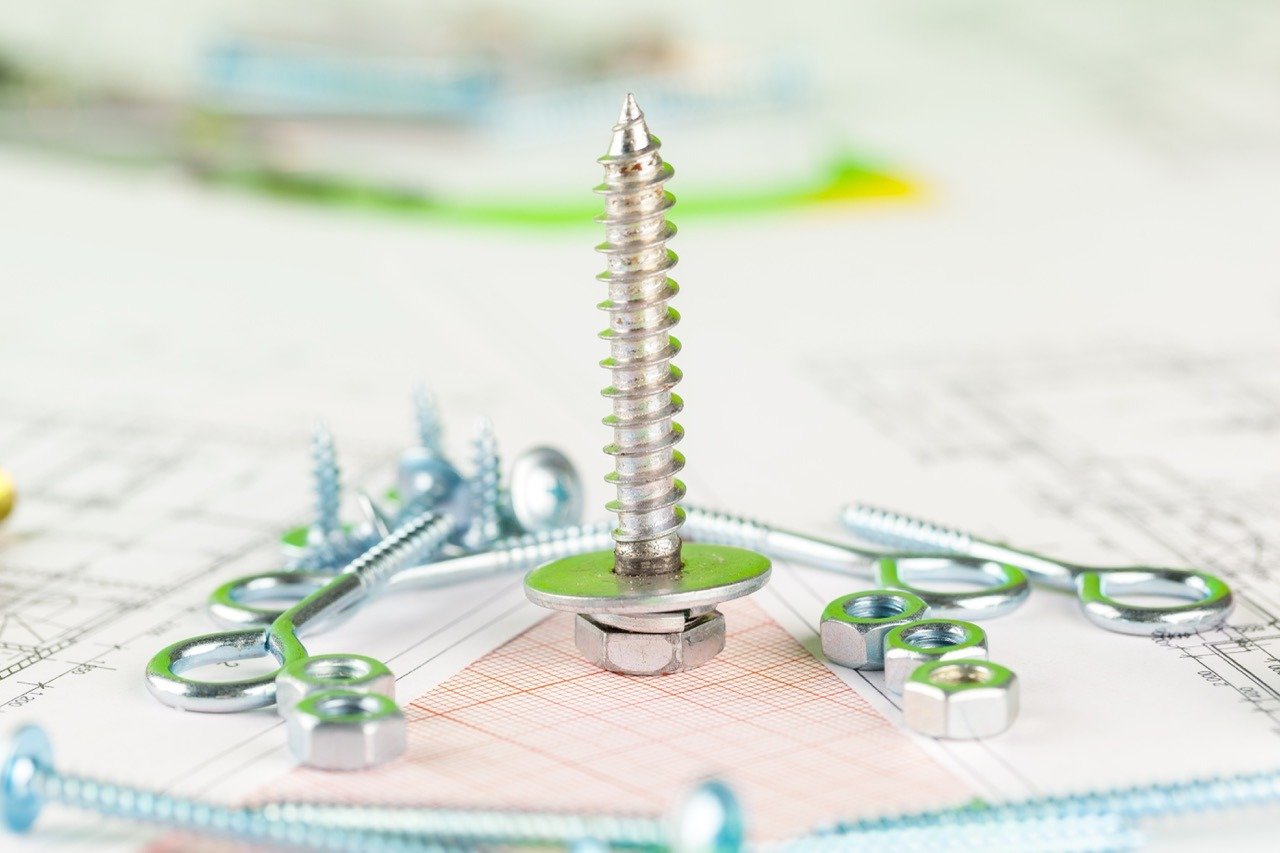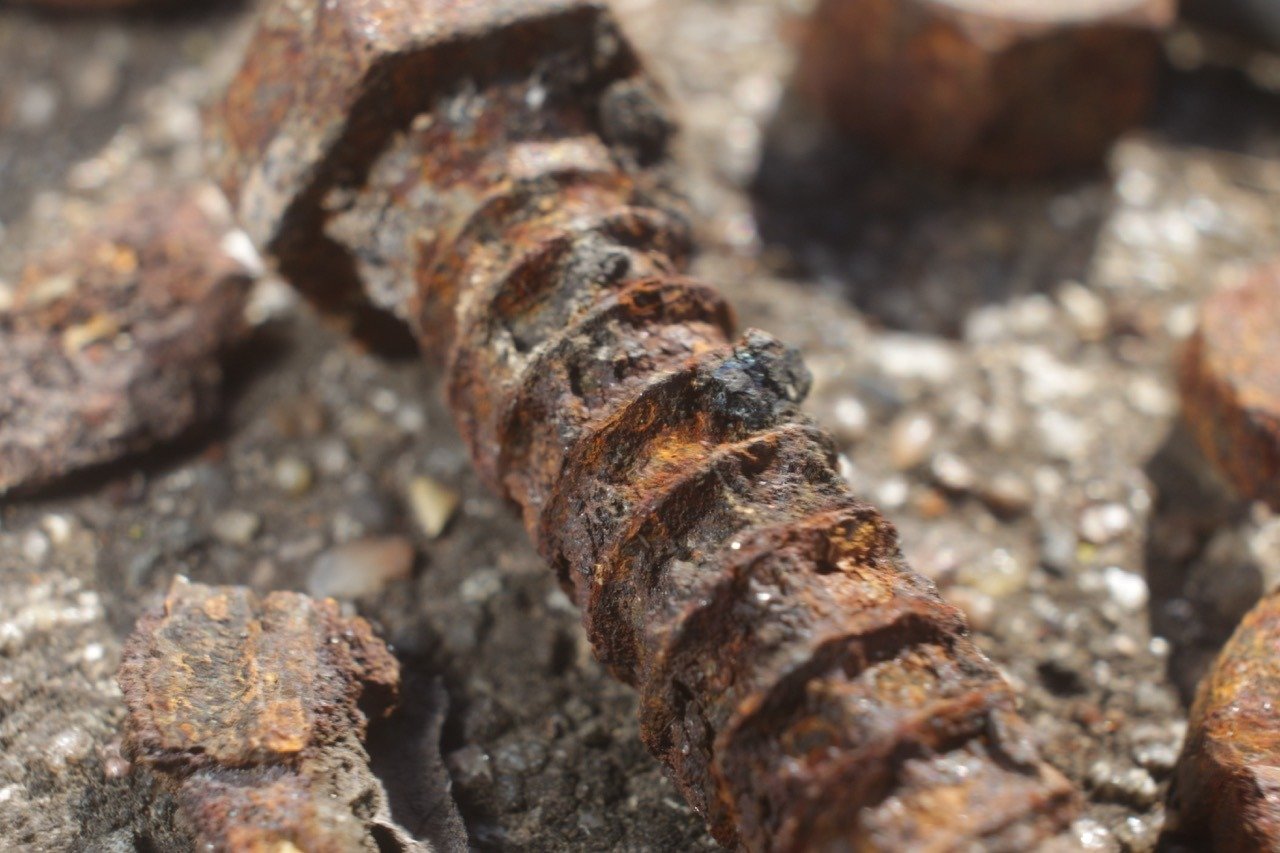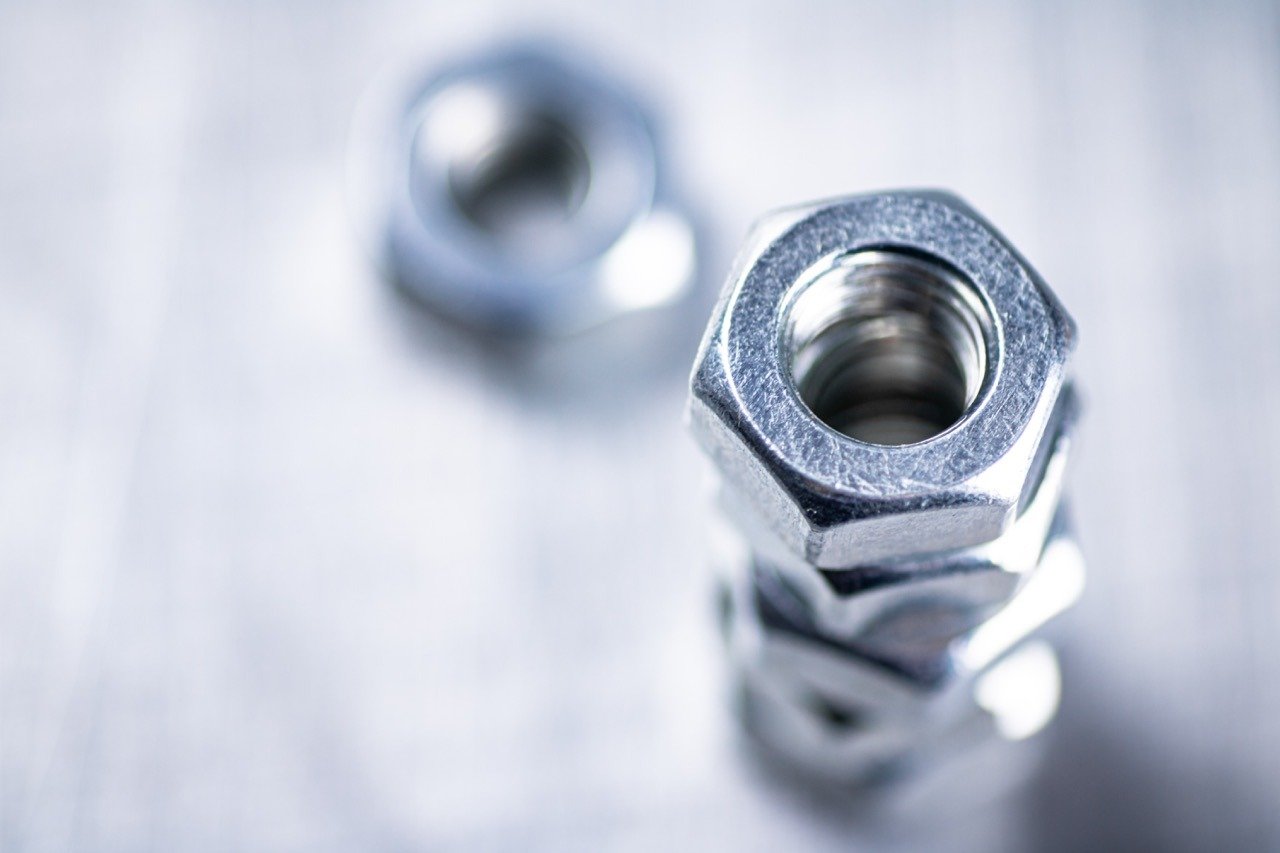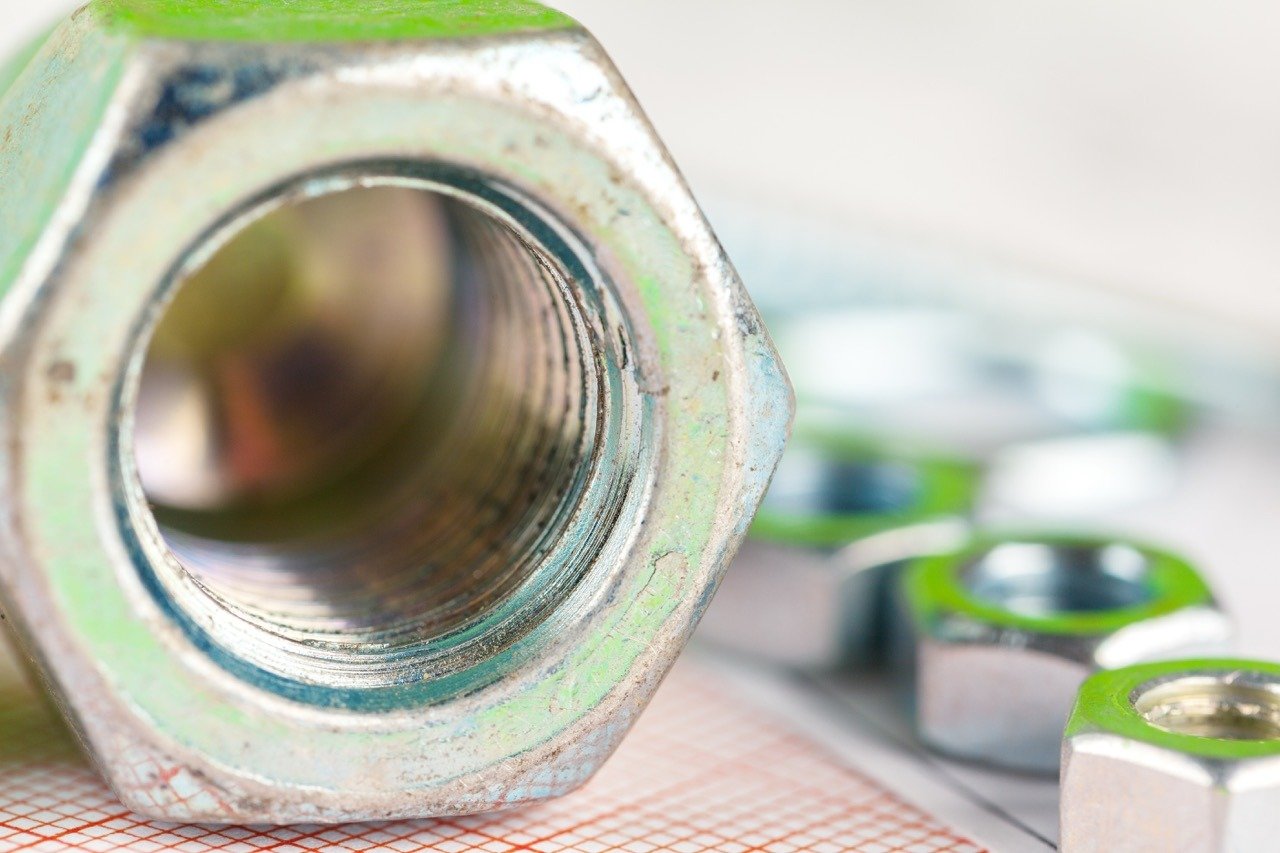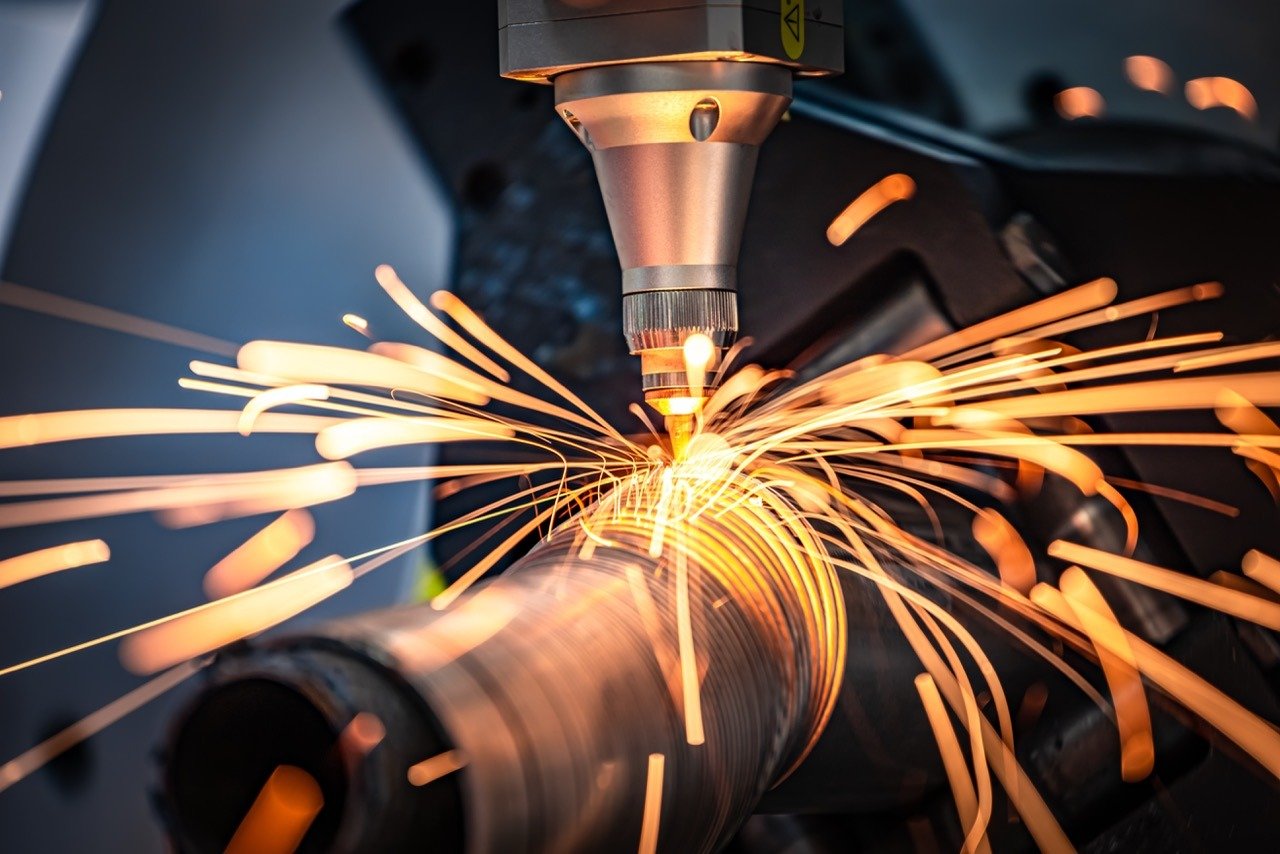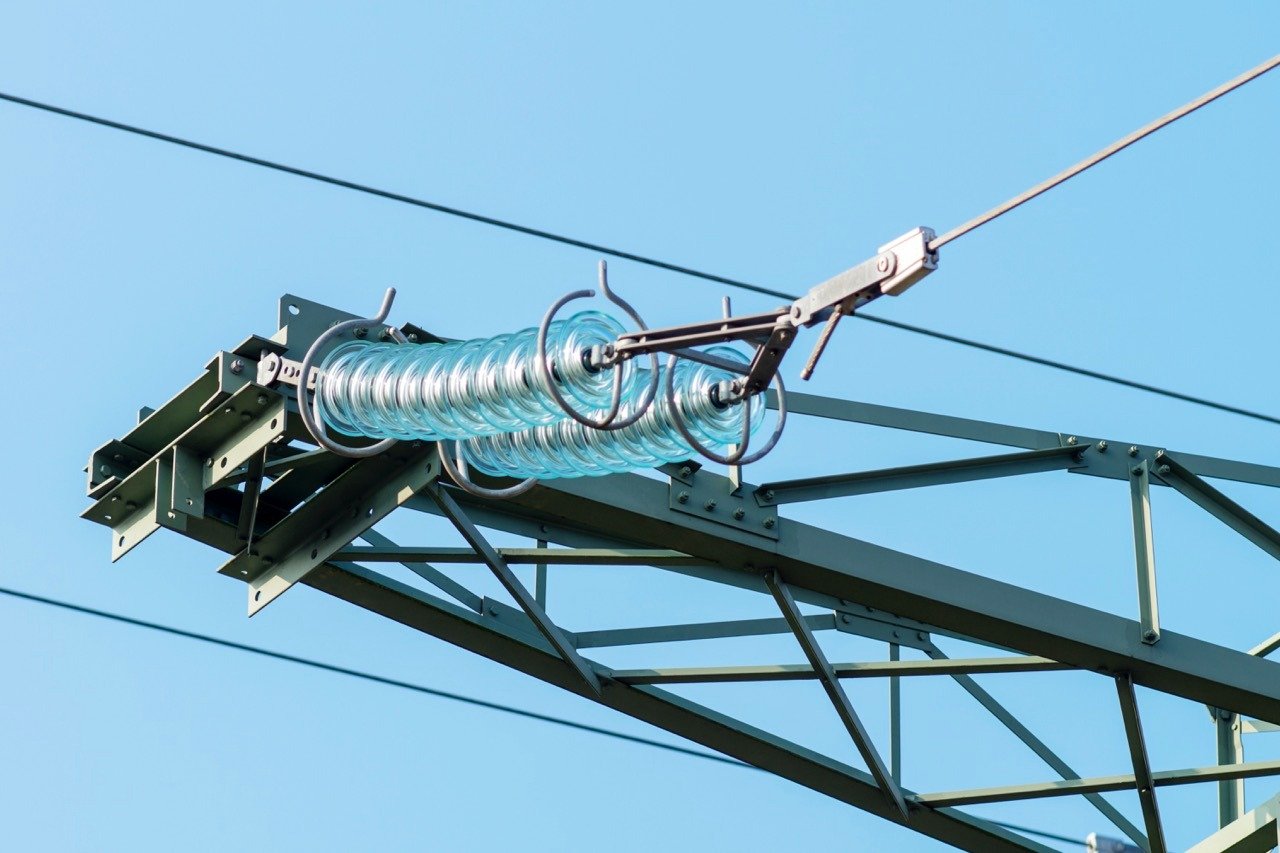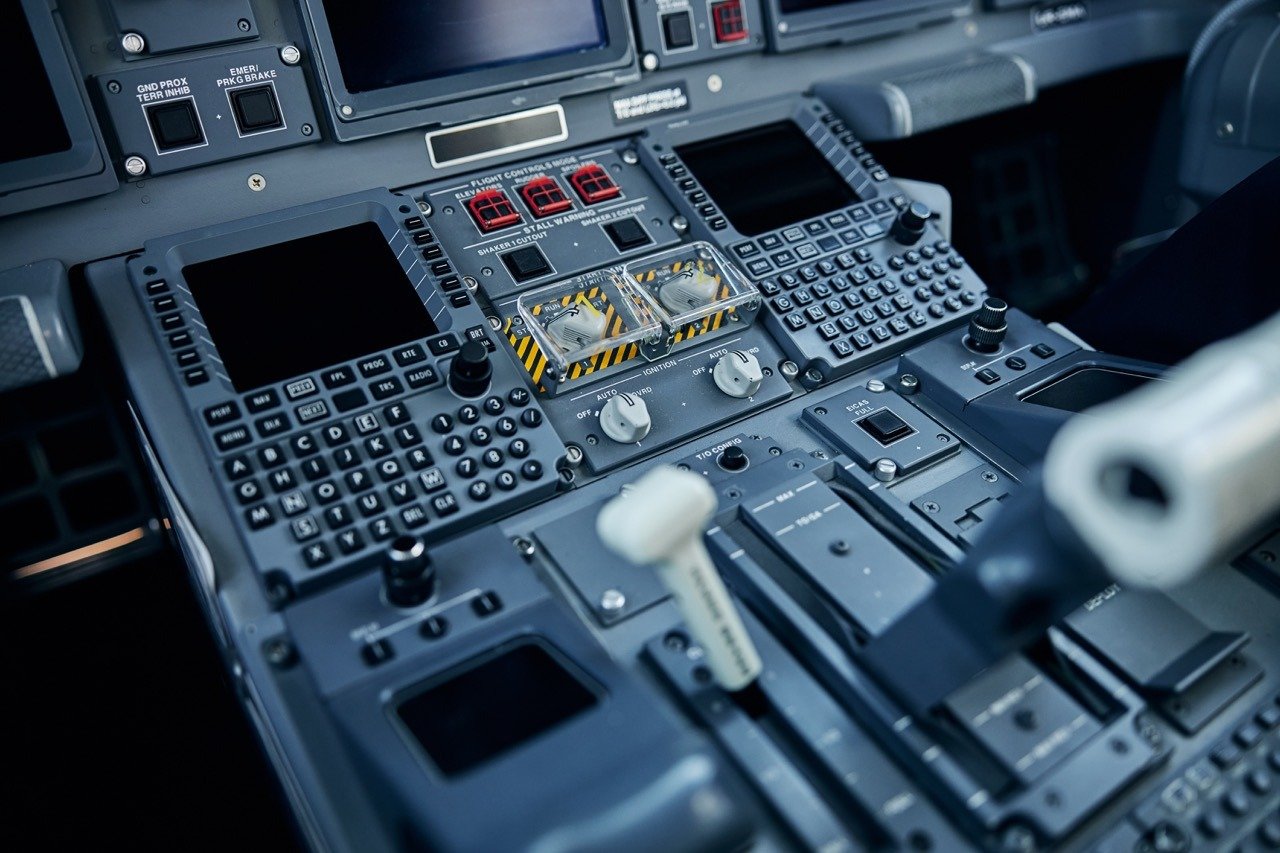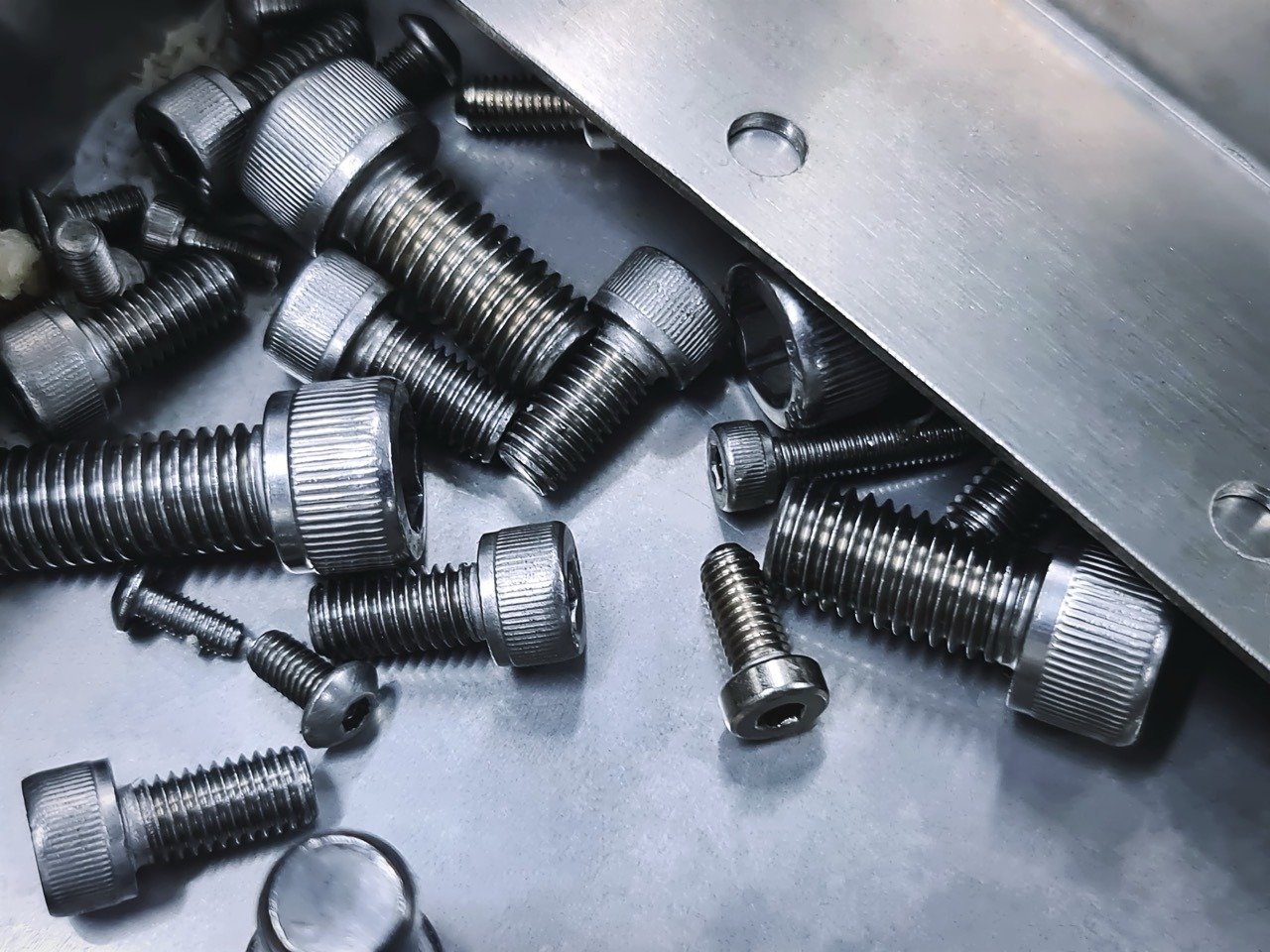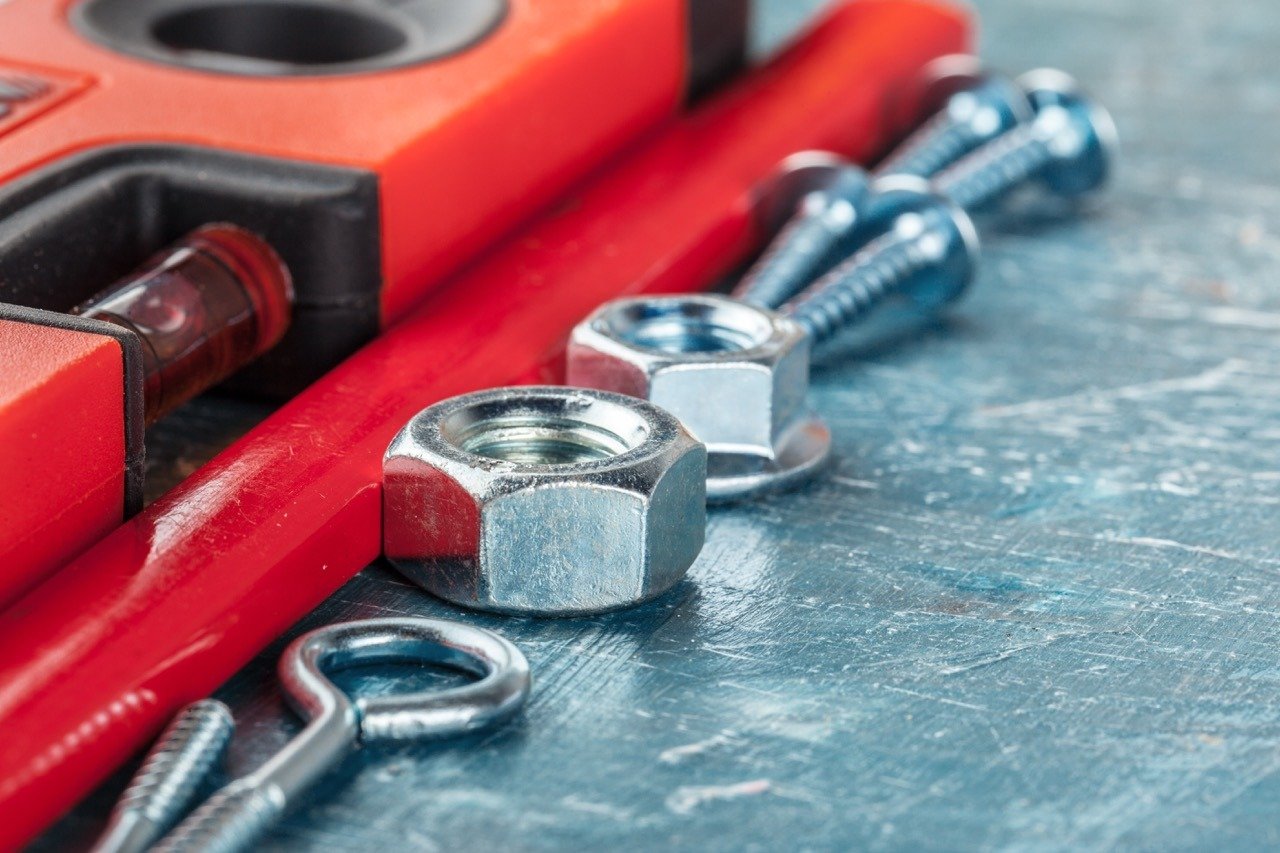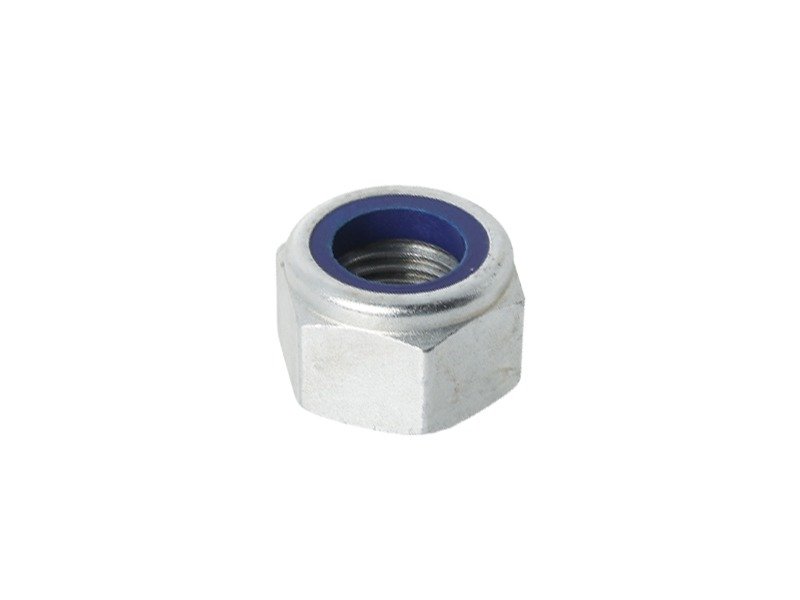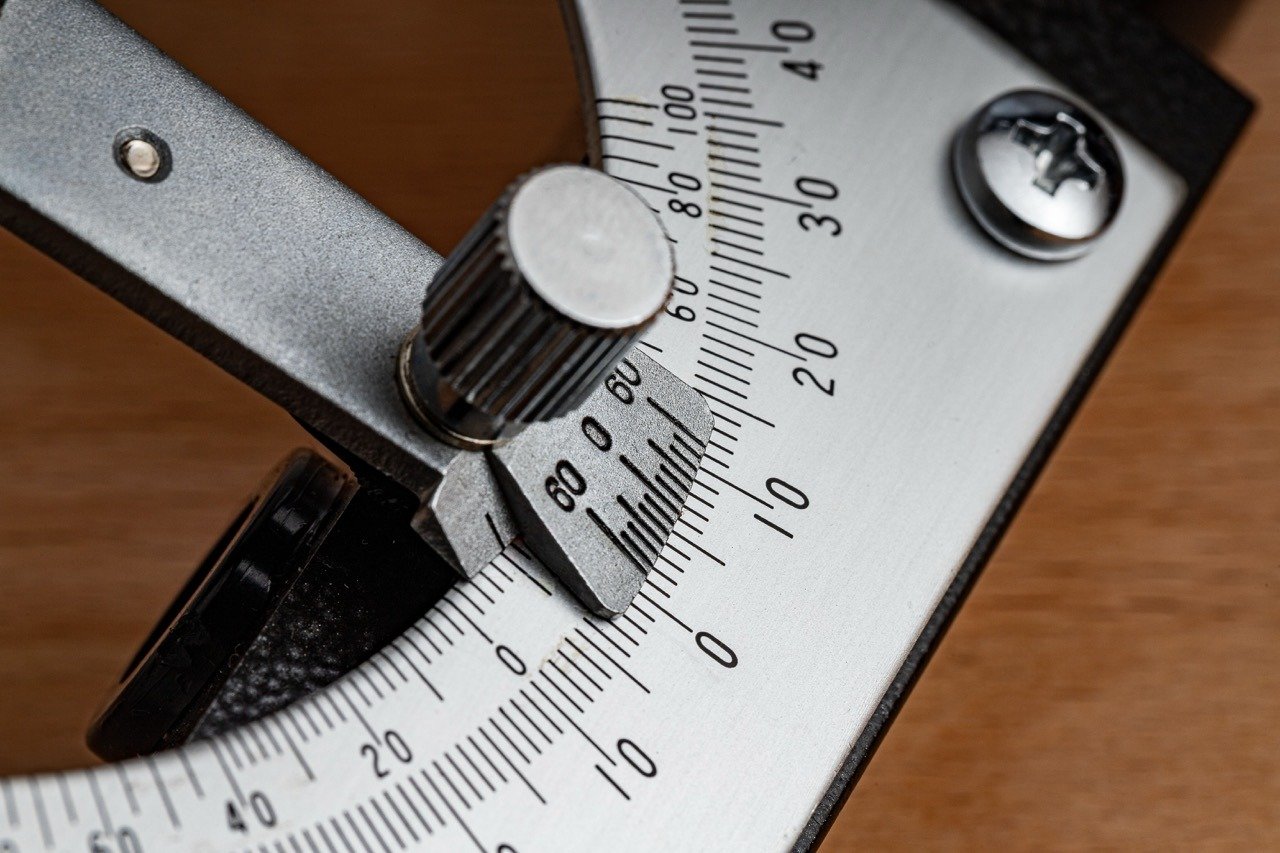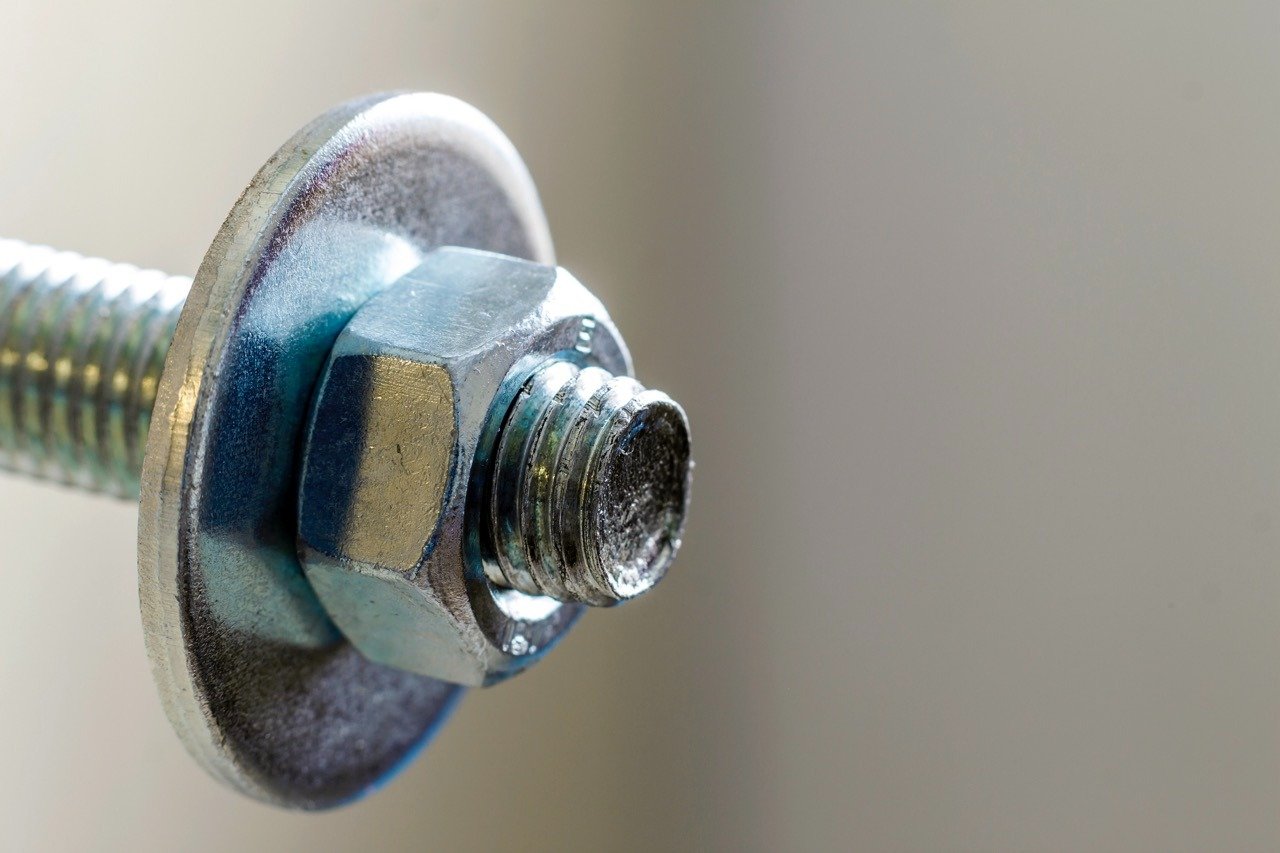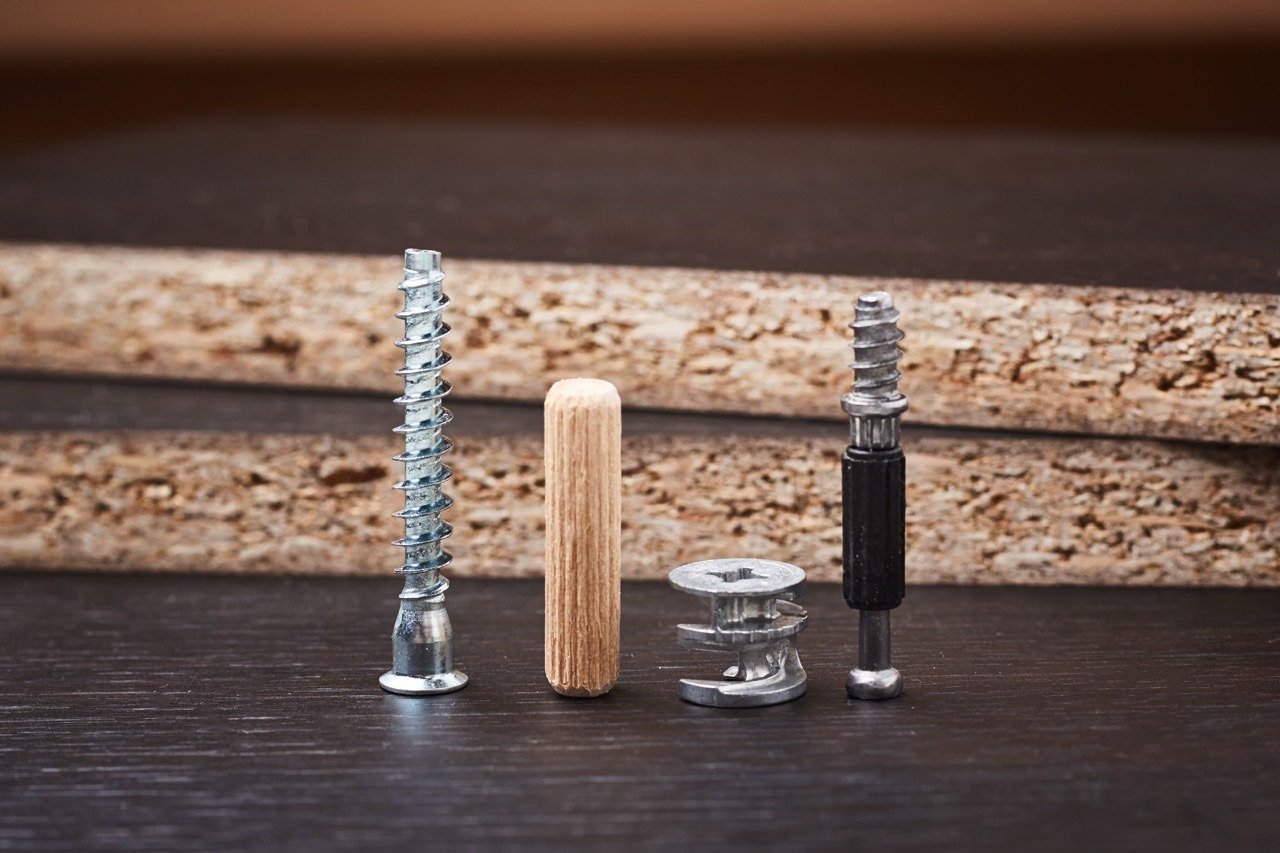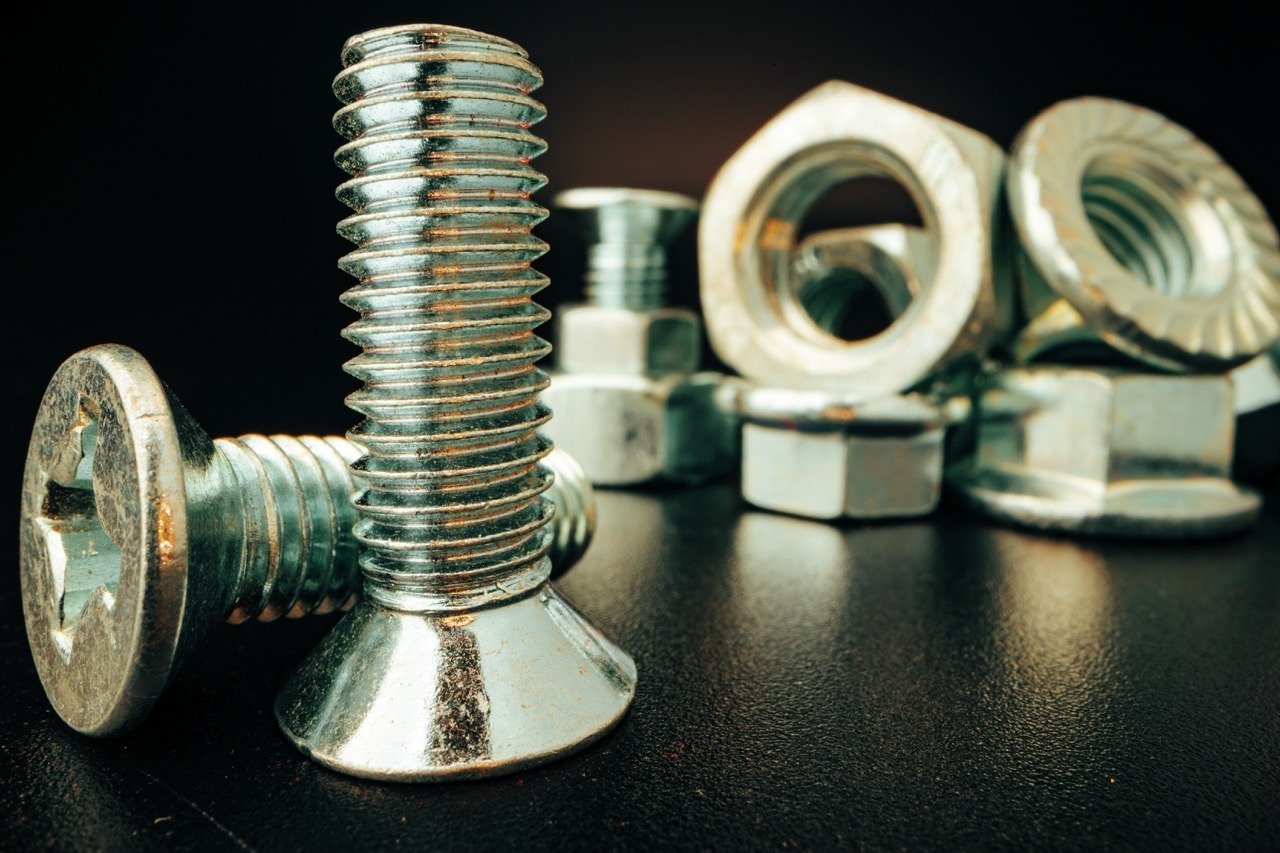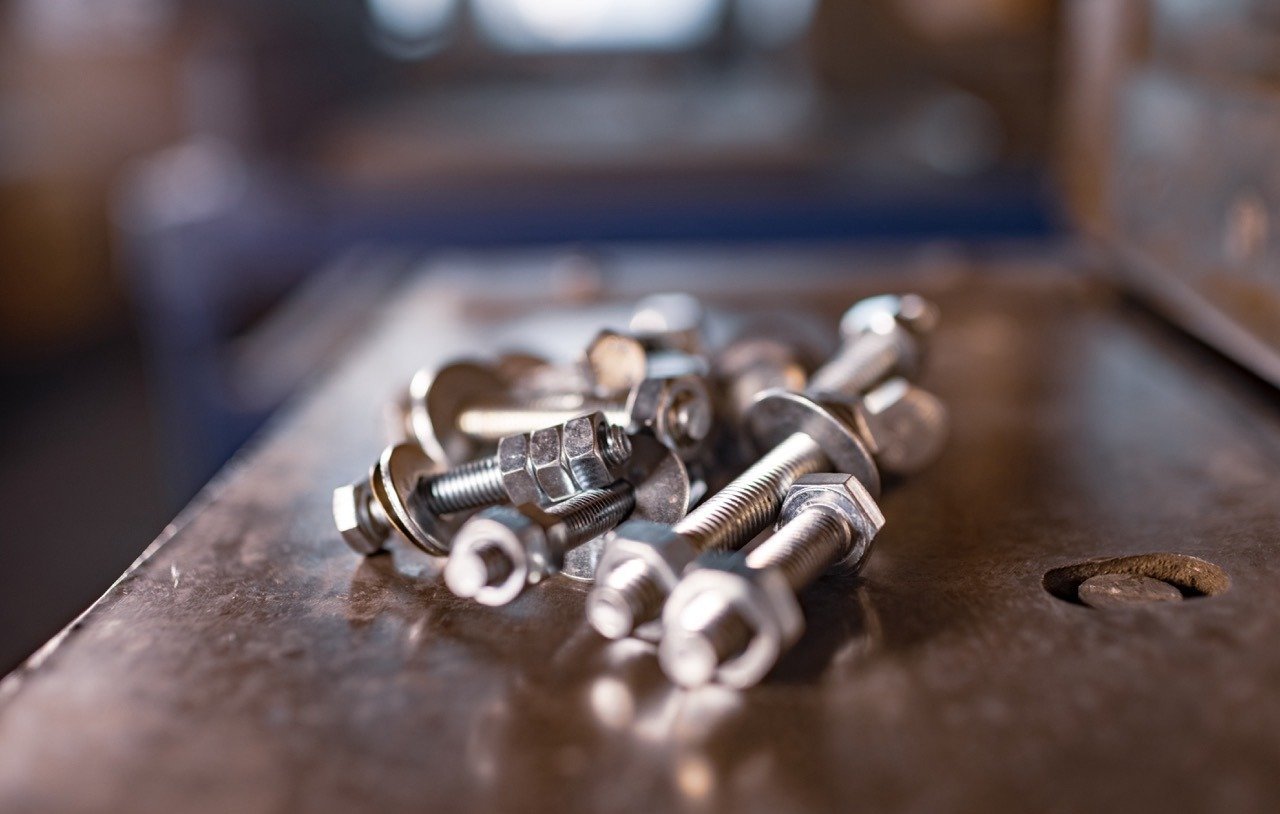Bolt Tightening Techniques: How to Perform the Process Correctly?
The strength of a structure depends not only on the quality
of materials used but also on the correct techniques applied during the
assembly process. Especially when it comes to bolt installation, what may seem
like a simple task is actually a delicate and detail-oriented procedure. Bold
tightening techniques play a crucial role in ensuring the safety and
longevity of a structure. A bolt that isn’t tightened to the proper torque
value may loosen over time, compromising both performance and safety.
How to Tighten a Bolt?
How to tighten a bolt? The answer involves much more
than just applying force. Appropriate tools must be used during the process,
torque values should be adjusted in line with manufacturer standards, and the
tightening method must be carefully selected. Particularly in professional
settings, the process should follow a specific sequence rather than being done
randomly. For example, tightening two opposing bolts alternately and with equal
force helps ensure the surface sits evenly. This method is known as
cross-tightening and is essential for balanced load distribution.
Where to Tighten a Bolt?
Another frequently asked question is: Where to tighten a
bolt? Generally, bolts are tightened clockwise, meaning to the right. This
is the standard for nearly all threaded bolts. However, in special
applications, reverse-threaded (left-hand thread) bolts may be used. Therefore,
it’s important to check the type of thread before determining the direction of
tightening.
How to Choose the Right Bolt?
The success of a bolt installation depends not only on
correct direction and force but also on the initial selection of the bolt. How
to choose the right bolt becomes a key question at this point.
Environmental conditions, exposure to load, and the characteristics of the
mounting surface should be considered. For instance, stainless steel bolts are
ideal for outdoor systems, while carbon steel may suffice for indoor
applications. Additionally, the length and diameter of the bolt are critical to
its load-bearing capacity. Though it may seem like a minor detail, the thread
type also affects connection strength. Beyond right- or left-hand thread
options, selecting between metric and imperial sizes is also essential.
What Tools Are Used in Bolt Assembly?
What tools are used in bolt assembly? This question
brings attention to the essential equipment needed for bolt installation. Basic
tools include open-end wrenches, socket sets, and torque wrenches. The torque
wrench plays a life-saving role in precision work by providing feedback when
the correct torque is reached, preventing over-tightening. In some assemblies,
power tools like screwdrivers or drills may also be used. However, the most
critical point here is the quality and functionality of the tools. A worn-out
wrench may damage the bolt or fail to tighten it properly.
Common Bolt Tightening Mistakes
One of the most common issues during assembly is making
mistakes. That’s why knowing the common bolt tightening mistakes can be
a significant advantage. For instance, applying excessive force may deform both
the bolt and the connected parts. On the flip side, insufficient tightening can
lead to loosening over time and disrupt the connection. Other common mistakes
include improper contact between the bolt and the mounting surface, or
contaminants like oil or dirt being present during assembly. These oversights
can result in serious safety hazards. Therefore, it’s essential to clean the
surface and apply the correct torque using the proper tools before every
installation.

